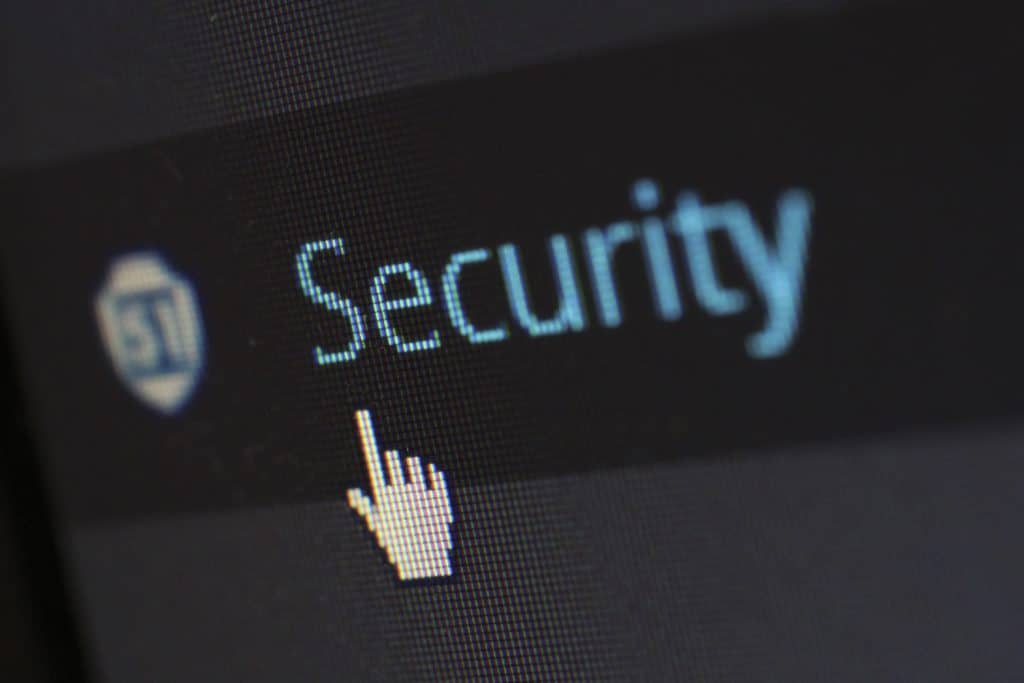
Data security is an important part of any business. Whether you are a small or large company, it’s critical that your data be protected from hackers and other malicious attacks. This guide will help you understand the importance of protecting sensitive information in your organization. It also provides best practices for securing your network and systems to protect against cyberattacks.
Best Practices for Data Security
When it comes to running a small business, you should always take extra practices to ensure that your data remains secure. Employees also need to follow good cybersecurity habits when working remotely. Here are some of the best practices for data protection and security:
- Identify different data security threats
The first step towards ensuring secure data protection is understanding what kind of threats exist for small businesses today. There are two main types of threats: external and internal.
- External threats: The most common type of threat comes from outside your network. These include viruses, worms, Trojan horses, spyware, adware, spam email, denial-of-service attacks, and so on. The key thing about these kinds of threats is they usually don’t require access to your system; all they need is someone’s Internet connection. So even though there may be no direct physical contact between them and your computer, they still pose serious risks because they use your connection to spread their harmful code.
- Internal threats: This kind of threat comes from inside your network and they gain unauthorized access through social engineering, hacking tools like password crackers, exploiting vulnerabilities in software, using stolen credentials, or simply guessing passwords. Once inside, they have full control over your computers and servers. If this happens, then they can steal valuable confidential information, delete files, install programs without permission, change settings, or send out spam messages.
- Use strong passwords
Use unique passwords for each account. Don’t reuse passwords across multiple accounts and make sure passwords aren’t easy to guess by looking at dictionary words or commonly used phrases. It’s recommended to use a combination of letters, numbers, and symbols in your password so that it is difficult to crack.
Owners of small business websites can also consider using two-factor authentication which adds an extra layer of security to protect against unauthorized access. This method requires users to enter both a username and a code sent via text message or email after they log into their website. The 2FA process makes it more challenging for hackers to gain access to user information because they must have physical possession of either device as well as know what codes were generated.
- Keep your operating system up to date
Make sure your operating system has been patched regularly. OS updates provide new features and fixes for known problems. In addition, keep track of when patches were installed and ensure that you’re running the latest version available. Small businesses are also recommended to start investing in cybersecurity software such as a firewall or antivirus program. This will help protect against malware attacks on computers.
- Backup your data
Regularly back up your data onto removable media or online storage services such as Dropbox, Google Drive, Amazon Cloud Drive, or OneDrive. Backup solutions vary depending on how much space you want to devote to backing up your data and whether you prefer cloud-based backups or local disk drives. Some backup applications also allow you to schedule automatic backups.
Whether you store everything locally or sync them to remote locations, be sure to back up your device periodically. This will ensure that if anything happens to the primary copy of your files, they can easily be recovered from a secondary location. If you’re a small business, it’s important to have multiple copies of all your most critical documents in case one is lost or damaged.
- Don’t open suspicious emails and attachments
Never click a link in an attachment received via email unless you trust its source. Instead, right-click the file name and select “Open With….” This will display a list of possible apps associated with the document. Choose one that appears trustworthy and double-check the URL before opening the file.
In addition, don’t click links in email messages unless they come from someone you know well. If an unknown sender sends a link to download software, don’t do it because this could be malware disguised as legitimate software. Instead, contact the person who sent the message directly through another channel.
- Train your employees
Small businesses should train their staff about cybersecurity practices including safe browsing habits, avoiding phishing scams, and not clicking on links in unsolicited emails. Employees need to understand why certain actions may put them at risk for identity theft and other types of fraud. They should also learn basic computer skills so they can recognize potential threats and take appropriate action.
You and your employees should also learn more about ISO so that you can better assess risks posed by third parties. You might even consider having your company join an organization that provides free training materials and resources.
